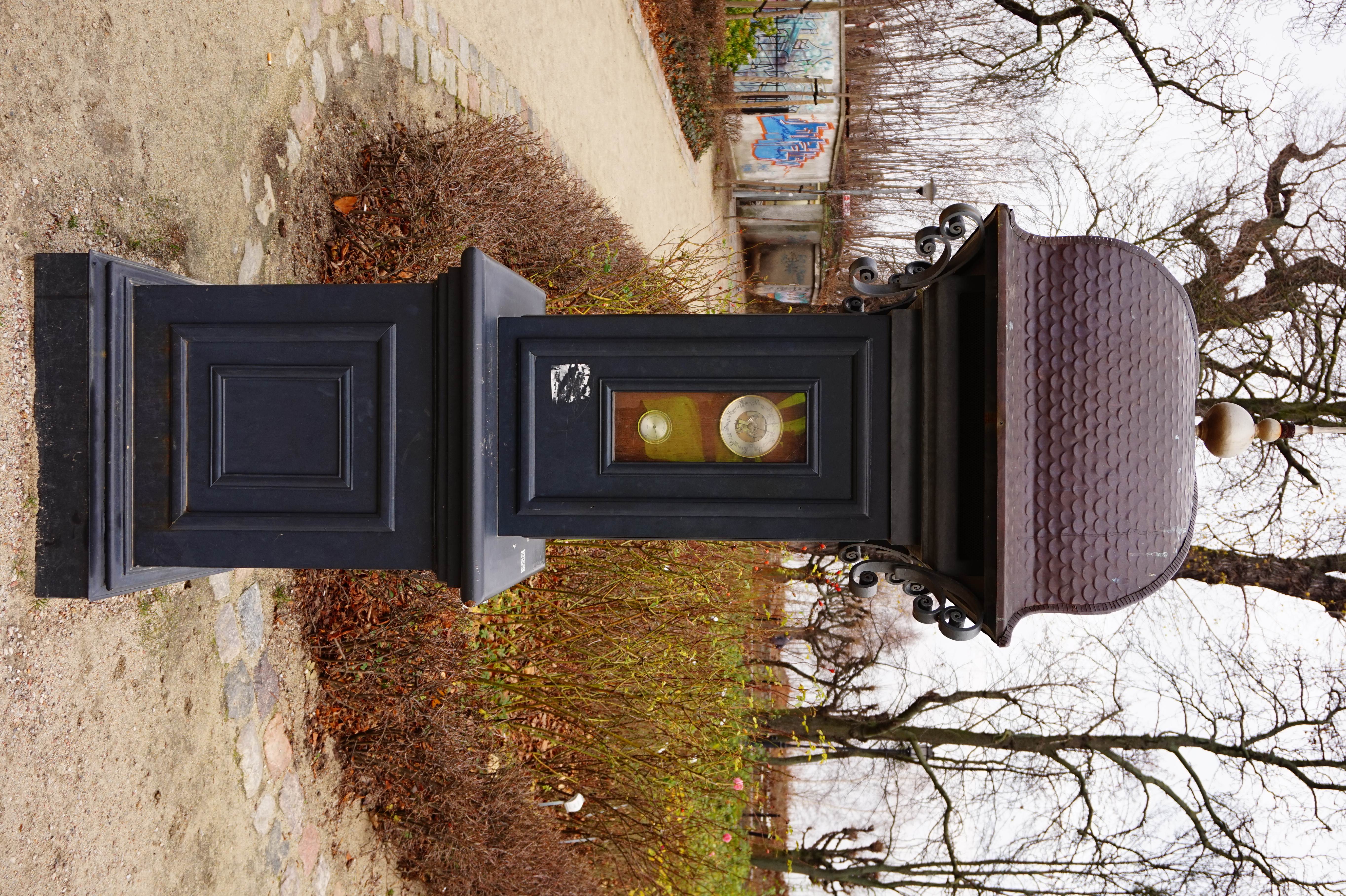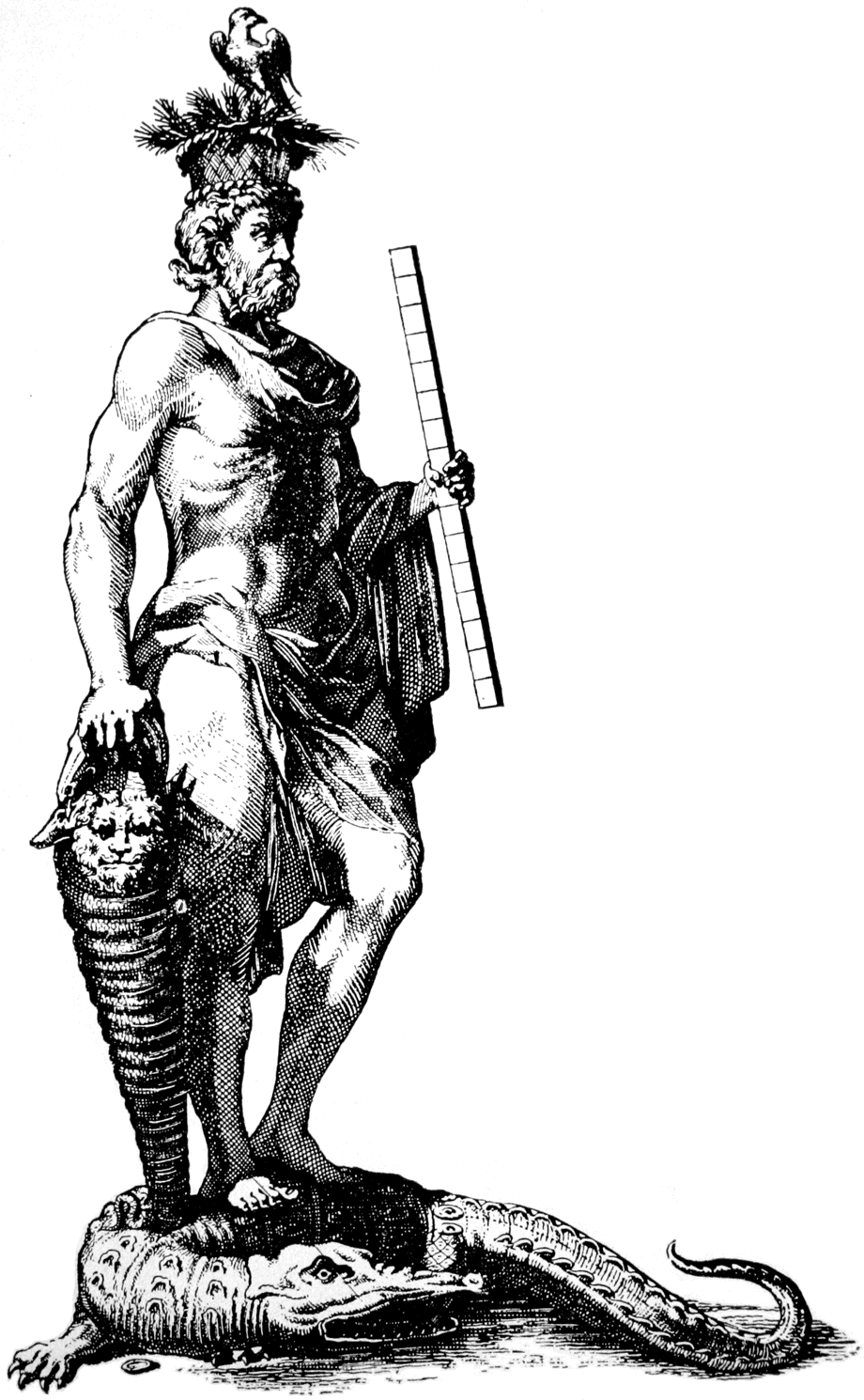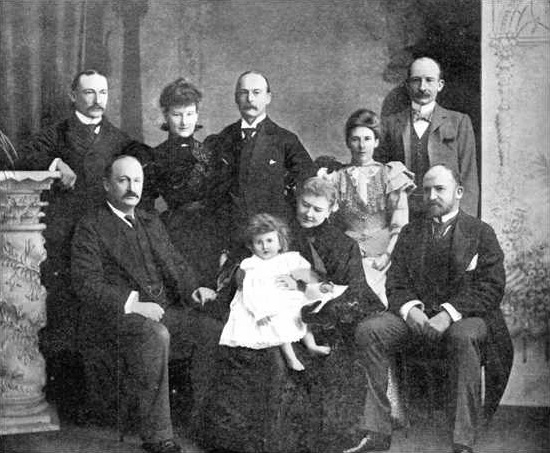|
Barometer Question
The barometer question is an example of an incorrectly designed examination question demonstrating functional fixedness that causes a moral dilemma for the examiner. In its classic form, popularized by American test designer professor Alexander Calandra (1911–2006), the question asked the student to "show how it is possible to determine the height of a tall building with the aid of a barometer." The examiner was confident that there was one, and only one, correct answer, which is found by measuring the difference in pressure at the top and bottom of the building and solving for height. Contrary to the examiner's expectations, the student responded with a series of completely different answers. These answers were also correct, yet none of them proved the student's competence in the specific academic field being tested. The barometer question achieved the status of an urban legend; according to an internet meme, the question was asked at the University of Copenhagen and the stude ... [...More Info...] [...Related Items...] OR: [Wikipedia] [Google] [Baidu] |
Barometer Goethe 04
A barometer is a scientific instrument that is used to measure air pressure in a certain environment. Pressure tendency can forecast short term changes in the weather. Many measurements of air pressure are used within surface weather analysis to help find surface troughs, pressure systems and frontal boundaries. Barometers and pressure altimeters (the most basic and common type of altimeter) are essentially the same instrument, but used for different purposes. An altimeter is intended to be used at different levels matching the corresponding atmospheric pressure to the altitude, while a barometer is kept at the same level and measures subtle pressure changes caused by weather and elements of weather. The average atmospheric pressure on the earth's surface varies between 940 and 1040 hPa (mbar). The average atmospheric pressure at sea level is 1013 hPa (mbar). Etymology The word ''barometer'' is derived from the Ancient Greek (), meaning "weight", and (), meaning "measure ... [...More Info...] [...Related Items...] OR: [Wikipedia] [Google] [Baidu] |
Saturday Review (US Magazine)
''Saturday Review'', previously ''The Saturday Review of Literature'', was an American weekly magazine established in 1924. Norman Cousins was the editor from 1940 to 1971. Under Norman Cousins, it was described as "a compendium of reportage, essays and criticism about current events, education, science, travel, the arts and other topics." At its peak, ''Saturday Review'' was influential as the base of several widely read critics (e.g., Wilder Hobson, music critic Irving Kolodin, and theater critics John Mason Brown and Henry Hewes), and was often known by its initials as ''SR''. It was never very profitable and eventually succumbed to the decline of general-interest magazines after restructuring and trying to reinvent itself more than once during the 1970s and 1980s. History From 1920 to 1924, ''Literary Review'' was a Saturday supplement to the ''New York Evening Post''. Henry Seidel Canby established it as a separate publication in 1924. Bernard DeVoto was the editor in 1936 ... [...More Info...] [...Related Items...] OR: [Wikipedia] [Google] [Baidu] |
Newton's Law Of Universal Gravitation
Newton's law of universal gravitation is usually stated as that every particle attracts every other particle in the universe with a force that is proportional to the product of their masses and inversely proportional to the square of the distance between their centers.It was shown separately that separated spherically symmetrical masses attract and are attracted as if all their mass were concentrated at their centers. The publication of the law has become known as the " first great unification", as it marked the unification of the previously described phenomena of gravity on Earth with known astronomical behaviors. This is a general physical law derived from empirical observations by what Isaac Newton called inductive reasoning. It is a part of classical mechanics and was formulated in Newton's work '' Philosophiæ Naturalis Principia Mathematica'' ("the ''Principia''"), first published on 5 July 1687. When Newton presented Book 1 of the unpublished text in April 1686 to the Ro ... [...More Info...] [...Related Items...] OR: [Wikipedia] [Google] [Baidu] |
Pendulum
A pendulum is a weight suspended from a pivot so that it can swing freely. When a pendulum is displaced sideways from its resting, equilibrium position, it is subject to a restoring force due to gravity that will accelerate it back toward the equilibrium position. When released, the restoring force acting on the pendulum's mass causes it to oscillate about the equilibrium position, swinging back and forth. The time for one complete cycle, a left swing and a right swing, is called the period. The period depends on the length of the pendulum and also to a slight degree on the amplitude, the width of the pendulum's swing. From the first scientific investigations of the pendulum around 1602 by Galileo Galilei, the regular motion of pendulums was used for timekeeping and was the world's most accurate timekeeping technology until the 1930s. The pendulum clock invented by Christiaan Huygens in 1658 became the world's standard timekeeper, used in homes and offices for 270 years, and ac ... [...More Info...] [...Related Items...] OR: [Wikipedia] [Google] [Baidu] |
Measuring Rod
A measuring rod is a tool used to physically measure lengths and survey areas of various sizes. Most measuring rods are round or square sectioned; however, they can also be flat boards. Some have markings at regular intervals. It is likely that the measuring rod was used before the line, chain or steel tapes used in modern measurement. History Ancient Sumer The oldest preserved measuring rod is a copper-alloy bar which was found by the German Assyriologist Eckhard Unger while excavating at Nippur (pictured below). The bar dates from c. 2650 BC. and Unger claimed it was used as a measurement standard. This irregularly formed and irregularly marked ''graduated rule'' supposedly defined the ''Sumerian cubit'' as about , although this does not agree with other evidence from the statues of Gudea from the same region, five centuries later. Ancient India Rulers made from ivory were in use by the Indus Valley Civilization in what today is Pakistan, and in some parts of Western Indi ... [...More Info...] [...Related Items...] OR: [Wikipedia] [Google] [Baidu] |
Equations Of Motion
In physics, equations of motion are equations that describe the behavior of a physical system in terms of its motion as a function of time.''Encyclopaedia of Physics'' (second Edition), R.G. Lerner, G.L. Trigg, VHC Publishers, 1991, ISBN (Verlagsgesellschaft) 3-527-26954-1 (VHC Inc.) 0-89573-752-3 More specifically, the equations of motion describe the behavior of a physical system as a set of mathematical functions in terms of dynamic variables. These variables are usually spatial coordinates and time, but may include momentum components. The most general choice are generalized coordinates which can be any convenient variables characteristic of the physical system.''Analytical Mechanics'', L.N. Hand, J.D. Finch, Cambridge University Press, 2008, The functions are defined in a Euclidean space in classical mechanics, but are replaced by curved spaces in relativity. If the dynamics of a system is known, the equations are the solutions for the differential equations describi ... [...More Info...] [...Related Items...] OR: [Wikipedia] [Google] [Baidu] |
Physics
Physics is the natural science that studies matter, its fundamental constituents, its motion and behavior through space and time, and the related entities of energy and force. "Physical science is that department of knowledge which relates to the order of nature, or, in other words, to the regular succession of events." Physics is one of the most fundamental scientific disciplines, with its main goal being to understand how the universe behaves. "Physics is one of the most fundamental of the sciences. Scientists of all disciplines use the ideas of physics, including chemists who study the structure of molecules, paleontologists who try to reconstruct how dinosaurs walked, and climatologists who study how human activities affect the atmosphere and oceans. Physics is also the foundation of all engineering and technology. No engineer could design a flat-screen TV, an interplanetary spacecraft, or even a better mousetrap without first understanding the basic laws of physic ... [...More Info...] [...Related Items...] OR: [Wikipedia] [Google] [Baidu] |
Academic Standards
Academic standards are the benchmarks of quality and excellence in education such as the rigour of curricula and the difficulty of examinations. The creation of universal academic standards requires agreement on rubrics, criteria or other systems of coding academic achievement. At colleges and universities, faculty are under increasing pressure from administrators to award students good marks and grades without regard for those students' actual abilities, both to keep those students in school paying tuition and to boost the schools' graduation rates. Students often use course evaluations to criticize any instructor who they feel has been making the course too difficult, even if an objective evaluation would show that the course has been too easy. It is very difficult to find a direct correlation between the quality of the course and the outcome of the course evaluations. Assessment Student evaluations are a controversial method of assessing academic achievement. Recent studies ha ... [...More Info...] [...Related Items...] OR: [Wikipedia] [Google] [Baidu] |
Annals Of Philosophy
''Annals of Philosophy; or, Magazine of Chemistry, Mineralology, Mechanics, Natural History, Agriculture and the Arts'' was a learned journal founded in 1813 by the Scottish chemist Thomas Thomson. It shortly became a leader in its field of commercial scientific periodicals. Contributors included John George Children, Edward Daniel Clarke, Philip Crampton, Alexander Crichton, James Cumming, John Herapath, William George Horner, Thomas Dick Lauder, John Miers, Matthew Paul Moyle, Robert Porrett, James Thomson, and Charles Wheatstone. Thomson edited it until 1821, when he was succeeded in 1821 by Richard Phillips. The journal was bought by Richard Taylor in 1827, and closed down for the benefit of the ''Philosophical Magazine''. The ''Annals of Philosophy'' were issued monthly following a standard pattern. Often the first article was a biographical article (10 pages) on a living or recently deceased scientist. This was then followed by a series of extended pieces (5-10 p ... [...More Info...] [...Related Items...] OR: [Wikipedia] [Google] [Baidu] |
Baden Powell (mathematician)
Baden Powell, MA FRS FRGS (22 August 1796 – 11 June 1860) was an English mathematician and Church of England priest. He held the Savilian Chair of Geometry at the University of Oxford from 1827 to 1860. Powell was a prominent liberal theologian who put forward advanced ideas about evolution. Origins Baden Powell II was born at Stamford Hill, Hackney in London. His father, Baden Powell I (1767-1841), of Langton and Speldhurst in Kent, was a wine merchant, who served as High Sheriff of Kent in 1831, and as Master of the Worshipful Company of Mercers in 1822. The mother of Baden Powell II was Hester Powell (1776-1848), his father's paternal first cousin, a daughter of James Powell (1737-1824) of Clapton, Hackney, Middlesex, Master of the Worshipful Company of Salters in 1818. The Powell family can be traced back to the early 16th century, where they were yeomen farmers at Mildenhall in Suffolk. Baden Powell II's great grandfather, David Powell (1725-1810) of Homerton, Midd ... [...More Info...] [...Related Items...] OR: [Wikipedia] [Google] [Baidu] |
Integrated Circuit
An integrated circuit or monolithic integrated circuit (also referred to as an IC, a chip, or a microchip) is a set of electronic circuits on one small flat piece (or "chip") of semiconductor material, usually silicon. Large numbers of tiny MOSFETs (metal–oxide–semiconductor field-effect transistors) integrate into a small chip. This results in circuits that are orders of magnitude smaller, faster, and less expensive than those constructed of discrete electronic components. The IC's mass production capability, reliability, and building-block approach to integrated circuit design has ensured the rapid adoption of standardized ICs in place of designs using discrete transistors. ICs are now used in virtually all electronic equipment and have revolutionized the world of electronics. Computers, mobile phones and other home appliances are now inextricable parts of the structure of modern societies, made possible by the small size and low cost of ICs such as modern computer ... [...More Info...] [...Related Items...] OR: [Wikipedia] [Google] [Baidu] |
Peter Van Der Linden
Peter van der Linden (born 1963) is an American technologist and author. (in Dutch) He has worked for companies such as and , and has written books on , C, |


.png)




.jpg)